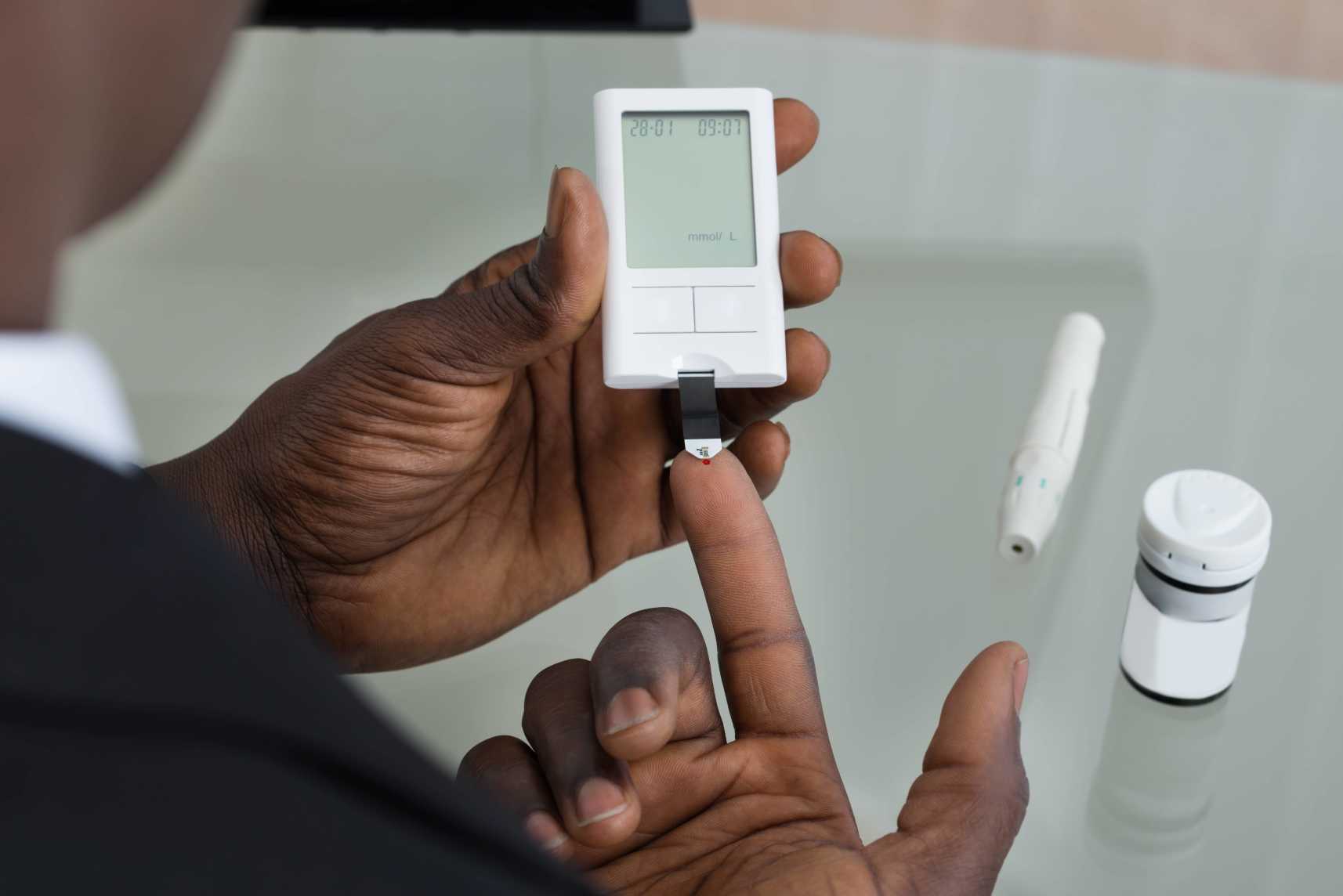
What medications can raise blood sugar levels?
Medically reviewed by Rosanna Sutherby, PharmD on May 15, 2020. To give you technically accurate, evidence-based information, content published on the Everlywell blog is reviewed by credentialed professionals with expertise in medical and bioscience fields.
Table of contents
- What types of medications can raise blood sugar?
- How to prevent medication-related increases in your glucose levels
- Signs of hyperglycemia
- Conclusion
- Related content
Whether you have type 2 or type 1 diabetes—or are experiencing warning signs of prediabetes—you may have a running mental list of what can cause your blood sugar levels to climb. Perhaps, for example, you know that having too many simple carbohydrates in your diet can contribute to a high glucose level. But did you know that certain medications can also drive up your blood sugar (and potentially cause hyperglycemia)?
Here, you’ll discover what medications can raise blood sugar levels, what you can do to address this, and more—so read on.
What types of medications can raise blood sugar?
Several different types of prescription medications can cause a blood sugar level increase because of how they affect your body’s chemistry. Some medications, for example, decrease insulin production; others increase insulin resistance or glucose production.
Common medications that can contribute to high blood sugar include:
- Adrenaline to treat allergic reactions
- Birth control pills
- Certain medications used to treat ADHD, anxiety, depression, and schizophrenia
- Certain medications for treating hepatitis C and HIV
- Some medications that treat high blood pressure (like beta-blockers and thiazide diuretics)
- Isotretinoin for acne treatment
- Some asthma medications
- Statins for high cholesterol
- Steroid medications known as corticosteroids that are used to treat allergies, inflammation, lupus, and rheumatoid arthritis
How to prevent medication-related increases in your glucose levels
Though it may be surprising to see so many common medications on the above list, you can take practical steps to reduce the risk of medication-induced hyperglycemia. Communicating with your primary care provider and diabetes care team is key. Your provider and care team should know what medications you’re taking so they can advise you on the best options for effectively managing your blood glucose levels (which may include advice on how to lower blood sugar naturally)—while also ensuring that any other conditions you have are being treated. For example, when it comes to type 1 diabetes and pregnancy, your healthcare provider may suggest options to help ensure the safety of both you and your unborn baby.
Routine monitoring of blood sugar levels is a key part of managing diabetes—and is also recommended if you have prediabetes (a condition in which blood sugar levels are high but not quite in the diabetic range, putting you at risk of developing diabetes).
In addition to any daily glucose monitoring your provider may have recommended, regular HbA1c (or A1c) testing is also important. (Your HbA1c number is an indicator of the average sugar level in your blood over the past 2-3 months.) The American Diabetes Association (ADA) recommends that people with diabetes get their A1c checked at least twice a year (and more frequently if treatment goals haven’t been reached yet).
Testing your A1c is easy with our at-home HbA1c Test. With this home kit, you only need to collect a small blood sample with a simple finger prick and ship it to a lab for analysis (a prepaid shipping label is included with the kit). You can conveniently view your results online—and share those results with your healthcare provider and care team.
Signs of hyperglycemia
If your medications are contributing to hyperglycemia, you might not notice any symptoms of this condition until your glucose levels are quite high. The symptoms of high blood sugar may develop over several days or even weeks.
The early warning signs that you have high blood sugar levels may include:
- Blurry vision
- Fatigue
- Headache
- Increased thirst and urination
If you start to notice these symptoms, contact your healthcare provider right away. Not treating hyperglycemia in its early stages can lead to more serious health complications.
Over time, untreated hyperglycemia may lead to symptoms like:
- Abdominal pain
- Mental confusion
- Dry mouth
- Fruit-scented breath
- Nausea and vomiting
- Shortness of breath
- Weakness
Not treating chronic (long-term) hyperglycemia can cause damage to your eyes, heart, kidneys, and nerves. While these consequences are serious, they can be avoided with early detection and treatment of high blood sugar.
Conclusion
Although several different kinds of prescription medications can contribute to high blood sugar, you can help avoid hyperglycemia—and improve your blood sugar control—by working closely with your provider and care team. Plus, with convenient at-home A1c testing you can keep an eye on your glucose levels over time—and make lifestyle changes that may help reduce your levels.
The Everlywell home A1c test is especially helpful for this because results are displayed on an online dashboard that shows how your A1c levels have changed over time (with regular testing)—which can provide insight on what treatment strategies are taking you closer to your goals for glycemic control.
Related content
What are the warning signs of prediabetes?
6 foods that lower blood sugar
References
1. Hyperglycemia in diabetes. Mayo Clinic. URL. Accessed May 15, 2020.
2. Fathallah N, Slim R, Larif S, Hmouda H, Ben Salem C. Drug-Induced Hyperglycaemia and Diabetes. Drug Saf. 2015;38(12):1153‐1168. doi:10.1007/s40264-015-0339-z
3. Zumoff B. The effects of psychotropic drugs and diuretics on blood glucose levels in diabetes mellitus. Compr Ther. 1979;5(4):72-74.
4. Good to Know: Factors Affecting Blood Glucose. Clin Diabetes 1 April 2018; 36 (2): 202.
5. Glycemic Targets: Standards of Medical Care in Diabetes—2019. American Diabetes Association. URL. Accessed May 15, 2020.